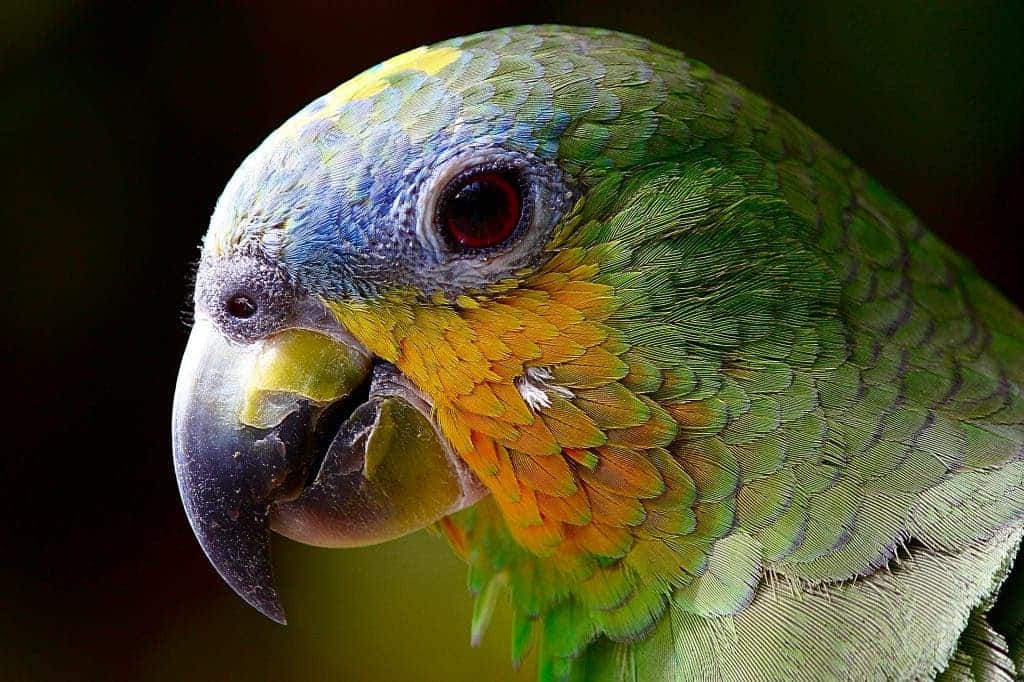Biodiversity loss is one of the most concerning issues facing us today. The rate at which species are going extinct is comparable to — and sometimes higher than — the rates seen during mass extinction events of the past. A new paper analyzing this issue in the context of freshwater ecosystems reports that it would take millions of years to undo the damage caused by human activity.

We are going through a period of incredibly high biodiversity loss rates, so much so that our modern times are often called the 6th mass extinction. A large part of the problem, like it or not, is human activity. We’re simply so successful as a species, taking up so much space and resources, that other forms of life are struggling to fit into the world today. Habitat destruction, climate change, overexploitation of natural resources, pollution, and invasive species are some of the leading causes of extinction right now.
A new study looking at extinction rates in freshwater ecosystems explains that species are disappearing faster today than they did during the end-Cretaceous extinction, the one that killed the dinosaurs. The damage we’re witnessing would take millions of years to undo, they add.
No room to share
“Losing species entails changes in species communities and, in the long run, this affects entire ecosystems. We rely on functioning freshwater environments to sustain human health, nutrition, and freshwater supply,” says lead author of the study, Dr. Thomas A. Neubauer from the Justus Liebig University Giessen.
“Even if our impact on the world’s biota stops today, the extinction rate will likely stay high for an extended period of time. Considering that the current biodiversity crisis advances much faster than the mass extinction event 66 million years ago, the recovery period may be even longer. Despite our short existence on Earth, we have assured that the effects of our actions will outlast us by millions of years.”
For the study, the team — an international group of evolutionary biologists, paleontologists, geologists, and modelers — compared today’s crisis with the previous, 5th mass extinction event, which was produced by the impact of the dinosaur-killing asteroid 66 million years ago. That event wiped out an estimated 76% of all species on the planet, including whole groups, such as the dinosaurs.
The authors focused their study on freshwater species, which are among the most threatened in the world. A large dataset was put together, containing 3,387 fossil and living snail species of Europe from the past 200 million years. Based on this, they estimated the rates of speciation (new species evolving) and extinction (species disappearing) over the 200 million year span, and proceeded to compare these to the rates seen today.
One of the most interesting findings is that the extinction rates estimated for the 5th mass extinction were much higher for freshwater biota than previously assumed. What’s worse, however, is that even this higher estimated rate is dwarfed by what the team believes we’ll be seeing in the future. On average, they estimate that the future rates of extinction will be three orders of magnitude higher than those observed during the time the dinosaurs went extinct. Such a pace is completely unprecedented and wasn’t reached even during the most intense extinction crises of the past.
By 2120, they add, a third of freshwater species living today will have died off.
One final and worrying implication of the research is how long nature seems to need in order to heal itself. Although the 5th extinction crisis was caused by an asteroid impact — a blink of the eye in geological terms — extinction rates remained elevated for around 5 million years and the Earth took around 12 million years to go back to normal extinction rates.
Such an extremely long timeline suggests that today’s extinction crisis could have immense consequences for wildlife in the future, taking millions of years to fix.
The paper “Current extinction rate in European freshwater gastropods greatly exceeds that of the late Cretaceous mass extinction” has been published in the journal Communications Earth & Environment.









